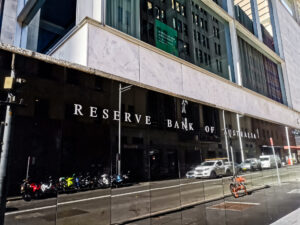While overall wages grew in line with inflation in the June quarter for workers in most industries real wages are still going backwards.
The best news from the June quarter wage price index is that average wages rose 0.8% – the same as inflation. This means that after 11 consecutive quarters, real wages have finally stopped falling.
That is the good news, but as Policy Director, Greg Jericho noted in his Guardian Australia column, for most workers real-wages kept falling. Only good wage growth in construction, mining, transport and warehousing, and the utility industries enabled the overall growth to be equal with inflation. For workers in all other industries, real wages kept falling.
And for all workers, real wages in the past year have fallen sharply and are around 5.4% below where they were before the pandemic.
These latest figures only serve to reinforce that wages are not driving inflation and there is no sign at all of a wages breakout. Indeed, annual wage growth fell in the June quarter to 3.6% from 3.7%.
It highlights that we do not need unemployment to rise to 4.5% in order for inflation to get under the RBA’s 3% target ceiling. The current rate is more than consistent with long-term inflation of between 2% and 3%. Any further efforts to raise unemployment by increased interest rates would only hurt workers and households for no benefit.
You might also like
Opening statement to the ACTU Price Gouging Inquiry
This week Professor Allan Fels, the former head of the Australian Competition and Consumer Commission (ACCC), has begun an inquiry into price gouging across a range of industries, including banks, insurance companies, supermarkets, and energy providers. The inquiry commissioned by the ACTU comes off the back of the highest inflation in 30 years and the biggest falls in real wages on record.
Blame Game on Inflation has Only Just Begun
Every inflationary episode embodies a power struggle within society over who benefits from inflation, who loses out – and who will bear the cost of getting inflation back down.
Increasing minimum wage would not drive inflation up: new report
A significant increase to the minimum wage, and accompanying increases to award rates, would not have a significant effect on inflation, according to new analysis by the Centre for Future Work at the Australia Institute.


